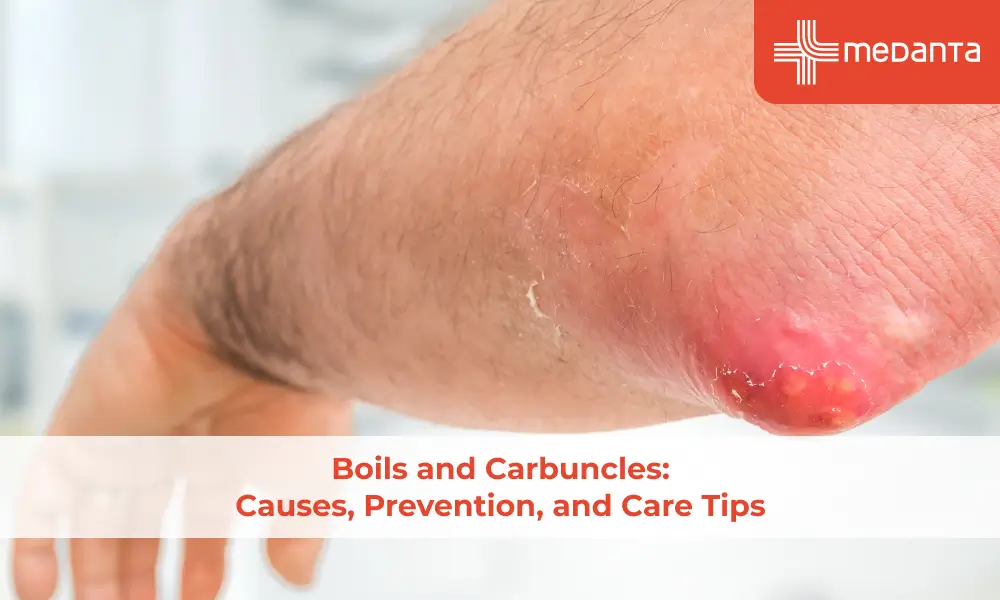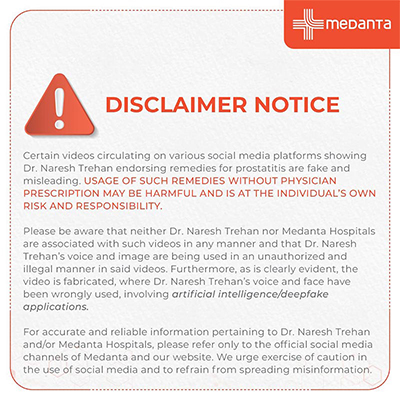Abdominal Pain in Children

TABLE OF CONTENTS
Most children deal with stomach pain at some point while growing up. Parents often worry because abdominal pain remains one of the main reasons for their children's doctor visits. The good news is that stomach pain, while scary for parents, usually resolves without any special treatment.
A child's abdominal discomfort can range from quick episodes to long-lasting pain patterns. The pain's source could be simple indigestion, an infection, constipation, or even stress. School-age children's emotional stress sometimes triggers stomach pain without any physical cause. Appendicitis might need surgery in rare situations, though it rarely affects children younger than 3 years. Parents need to recognise these patterns to make informed decisions about home care versus medical attention.
This article outlines the typical causes, ways to manage pain, and red flags parents should watch for during their child's stomach discomfort. Parents will also find practical tips to help their children through these uncomfortable moments.
Understanding Abdominal Pain in Children
Kids often find it hard to describe stomach pain properly. They get better at expressing how they feel as they grow older, making it tough for parents to judge if the situation is serious.
Stomach pain affects roughly 10-20% of kids in school. Doctors call it recurrent abdominal pain (RAP) when a child has at least three painful episodes over three months that interfere with daily life.
Kids might describe their pain in several ways:
Pain all over their belly
Pain in one specific spot
Sharp or dull feelings
Pain that comes and goes or stays
Cramping or aching sensations
The spot where it hurts gives us essential hints. Pain near the belly button usually isn't too worrying, but pain that moves to the lower right might point to appendicitis. Upper stomach pain often means indigestion, while pain on the left side could mean constipation or, rarely, something more serious.
A child's age plays a big role in how they show pain. Babies and toddlers usually cry, get fussy, or hold their whole tummy. Preschoolers can point to where it hurts but have trouble giving details. Older kids and teens know how to describe their discomfort better.
Research shows that stomach pain follows age patterns with two prominent peaks. The first happens between ages 5-7, affecting 5-8% of boys and girls equally. The second peak hits between ages 8-12, affecting about 25% of kids, mostly girls.
Most kids with stomach pain get better within hours or days. The pain usually comes from functional causes, meaning doctors can't find anything physically wrong. Even with better medical technology, doctors still can't pinpoint exact physical causes in many cases.
Parents who understand these patterns can better decide whether home care will work or if their child needs a doctor.
Common and Serious Causes of Abdominal Pain
Children experience stomach pain from various conditions, ranging from mild to serious. Parents should know which symptoms are concerning and which they can manage at home.
Constipation leads to a list of common causes. Kids who can't poop regularly often pass large, hard stools that are difficult to push out. School-aged children feel this pain mostly in their lower belly.
Gastroenteritis, or stomach flu, frequently appears in children. This viral infection comes with these symptoms:
Vomiting and diarrhoea
Fever
Abdominal pain
Feeling sick overall
Rotavirus and norovirus cause most gastroenteritis cases worldwide.
Urinary tract infections (UTIs) show up more in girls between ages 1 and 5. Kids with UTIs feel pain while peeing, need to pee often, and their urine smells bad.
Appendicitis needs immediate medical care. The pain starts near the navel and moves to the lower right side. Kids lose their appetite, feel nauseated, throw up, and get a fever. Doctors perform emergency abdominal surgery for this condition more than any other childhood problem.
Intussusception occurs when one part of the bowel slides into another part, like a telescope. Babies and toddlers between 4 and 36 months face this risk most often. These kids get severe belly pain that comes and goes, have bloody poop, and feel extremely tired.
Food issues like lactose intolerance cause pain, bloating, and diarrhoea after kids drink milk or eat dairy products. Food allergy symptoms range from stomach cramps to feeling sick.
Emotional stress causes stomachaches in about 10% of children. This "worried stomach" often appears before school, tests, or when kids need to perform.
How to Manage and Treat Abdominal Pain at Home
Parents can take several steps at home to help their children who complain of stomach pain before seeking medical help. Simple remedies and careful attention resolve most cases of abdominal pain.
Rest is Essential
Your child should lie down quietly to see if the pain subsides. The position matters:
Lying on the back with a pillow under the knees
Lying on the left side with knees bent
Sitting upright if this feels more comfortable
Hydration and Diet
Proper hydration is vital when your child experiences stomach pain:
Offer small sips of water or clear fluids every 5-10 minutes
For infants, provide breast milk or formula at least 15-20 minutes after vomiting stops
Older children can have water, diluted fruit juices, broth, or non-sugary electrolyte beverages
The right foods make a difference once your child feels hungry:
Bananas, rice, applesauce, & toast (known as the BRAT diet)
Plain crackers or cereal
Non-acidic fruits like melons
Avoid dairy, fried foods, spicy foods, and carbonated drinks, as these can worsen symptoms
Comfort Measures
Warmth often brings relief:
Place a warm water bottle or heating pad on your child's tummy for 15-20 minutes
Ensure it's not too hot to prevent burns
A warm bath may help relax abdominal muscles
Distraction Works Better Than Attention
Research shows that distraction substantially reduces pain perception in children. Rather than focusing on the pain with questions like "How does it feel?", try:
Reading a book together
Starting a conversation about something enjoyable
Playing a quiet game
Watching a favourite programme
Children feel better when their parents use distraction techniques instead of giving sympathetic attention.
Medications
Pain reducers can help with mild to moderate discomfort:
Paracetamol is suitable for babies over one month
Ibuprofen can be used for children over three months (unless they have bleeding disorders)
Always follow dosage instructions based on your child's weight
Medical attention becomes necessary if your child shows:
Severe pain that wakes them from sleep
Pain lasting more than 24 hours
Signs of dehydration, such as dry mouth or decreased urination
Blood in vomit or stool
Swollen or hard belly
Stomach pain with breathing problems
High fever above 38°C (100.4°F)
Conclusion
Most children experience abdominal pain, but parents can manage many cases at home with proper care. Stomach pain typically resolves naturally, but parents should trust their gut feelings. A child's parent can best identify unusual behaviour that might signal something serious. Simple home remedies like rest, proper hydration, and gentle comfort measures help children recover quickly.
Parents who understand the difference between common causes like constipation or stress and serious conditions such as appendicitis make better decisions. This knowledge and careful observation will give children appropriate care during stomach troubles. The initial fear of stomach pain subsides as families learn to handle most episodes effectively and recognise the right time to contact their doctor.
FAQs
What are the common symptoms of abdominal pain in children?
Common symptoms include nausea, excessive gas, changes in bowel movements (diarrhoea or constipation), and vomiting. The pain may be general across the abdomen or localised in one area.
How can parents manage abdominal pain in children at home?
Encourage rest, offer clear fluids in small sips, and provide bland foods like bananas, rice, or toast when the child feels hungry. Applying a warm water bottle to the tummy and using distraction techniques can also help alleviate discomfort.
When should parents seek medical help for a child's stomach pain?
Seek medical guidance if the pain lasts more than 24 hours, worsens significantly, and is accompanied by high fever, bloody stools, persistent vomiting, or signs of dehydration. Also, if the pain is severe enough to wake the child from sleep or the belly becomes swollen or hard.
What are some serious causes of abdominal pain in children?
While most cases are mild, serious causes can include appendicitis, intussusception (where part of the bowel slides into another part), and severe infections. These conditions often present with additional symptoms and require immediate medical attention.
Can emotional stress cause stomach pain in children?
Yes, emotional stress can trigger abdominal pain in children. This 'worried stomach' often occurs before school, tests, or performances. It is estimated that over 10% of children experience stomach pain related to stress or anxiety.






